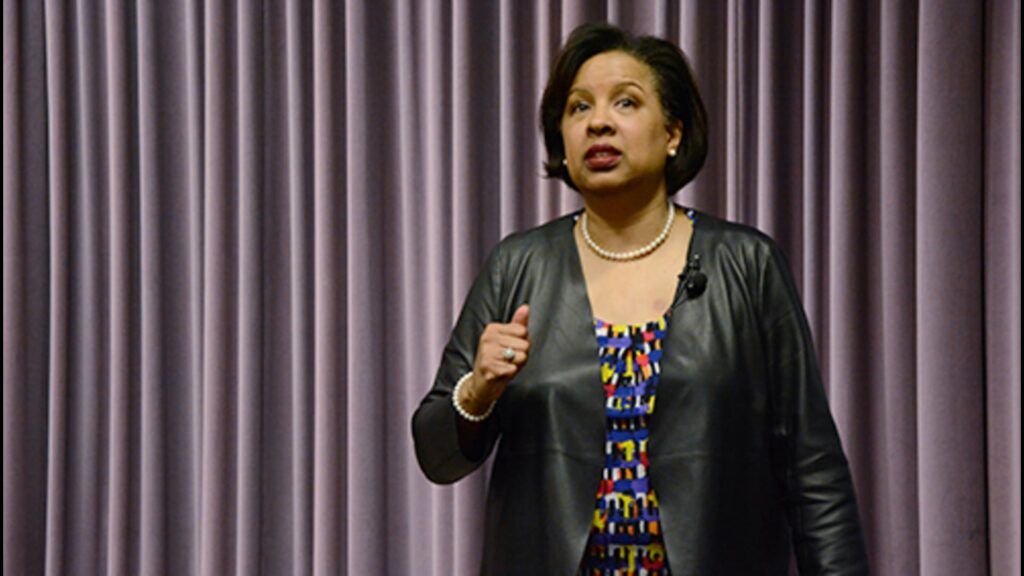The patient risk in anesthesia highlights the dynamics of accidents. The problem: How can the management of anesthesia systems be improved to decrease patient risks that could occur in the operating room environment? To compute the probability of an accident of all scenarios, a dynamic model helps to understand how fast things could go wrong once an accident first occurred and how fast someone must react to resolve the problem. Among the contributing factors causing an accident (work schedule, training, and experience), Dr. Elisabeth Paté-Cornell, department chair of Management Science and Engineering at Stanford University, says that simulated training helped decrease accidents by an optimistic 16 percent.
Related

Toni Townes-Whitley,
Microsoft
The Ethics of Innovation [Entire Talk]
Tech innovators must index on larger social issues like fairness, accessibility and the effect on jobs to stay relevant.
Video
59 minutes
Toni Townes-Whitley,
Microsoft
The Ethics of Innovation [Entire Talk]
Tech innovators must index on larger social issues like fairness, accessibility and the effect on jobs to stay relevant.

David Eagleman,
Stanford School of Medicine
A Brainy Approach to Innovation [Entire Talk]
Renowned neuroscientist David Eagleman shares his passion for translating the complexities of cognition into mind-blowing inventions and educational material for the masses. The public-television host, bestselling author and Stanford adjunct professor speaks with Tina Seelig of the Stanford Technology Ventures Program about his decision to leave the lab and dedicate his life to bringing scientific discoveries into the world.
Video
58 minutes
David Eagleman,
Stanford School of Medicine
A Brainy Approach to Innovation [Entire Talk]
Renowned neuroscientist David Eagleman shares his passion for translating the complexities of cognition into mind-blowing inventions and educational material for the masses. The public-television host, bestselling author and Stanford adjunct professor speaks with Tina Seelig of the Stanford Technology Ventures Program about his decision to leave the lab and dedicate his life to bringing scientific discoveries into the world.

Carlos Watson,
Ozy Media
Taking a Lead From Tech [Entire Talk]
Carlos Watson, co-founder and CEO of Ozy Media, describes how its forward-focused digital news magazine, Ozy, looks more toward innovators in business sectors outside traditional media. The Emmy-winning journalist shares the unlikely origins of his entrepreneurial drive, and explains how his wide-ranging career has been fueled by family, curiosity and the thrill of starting fresh.
Video
57 minutes
Carlos Watson,
Ozy Media
Taking a Lead From Tech [Entire Talk]
Carlos Watson, co-founder and CEO of Ozy Media, describes how its forward-focused digital news magazine, Ozy, looks more toward innovators in business sectors outside traditional media. The Emmy-winning journalist shares the unlikely origins of his entrepreneurial drive, and explains how his wide-ranging career has been fueled by family, curiosity and the thrill of starting fresh.



